Energy bills rose in April, and this week there have been more warnings of what could be on the cards later in the year: on Monday the head of Scottish Power said the price cap could go up by £1,000, to just under £3,000 a year.
For any household, that represents a huge sum and many are looking at measures that will cut their costs. Research by the Mortgage Advice Bureau found that one in six households intend to get new windows (double or triple glazing), one in seven will be getting more energy efficient fittings and 11% intend to install solar panels.
These energy saving fixes are expensive. But there are plenty of small improvements that can be made to homes that will cut your heating bills.
Spring is the perfect time to repair and upgrade your home. Warmer weather means sealants will dry quicker, and there are longer days in which to complete tasks.
Here’s a guide to some of the most popular DIY measures and improvements that can be easily – and safely – made without expert assistance.
Foil behind radiators
Radiator reflector foil reduces heat loss by reflecting warmth back into the room. While you can use ordinary kitchen foil, a 1.2 metre roll of radiator reflector foil is only £1.49 from Toolstation, as part of the store’s clearance sale.
It’s very easy to install, too. You just need to measure the distance between the radiator brackets, cut your foil down to fit between them and then slide it into place – making sure that the reflective side faces outwards. You can hold it in place using PVA glue or double-sided sticky tape.
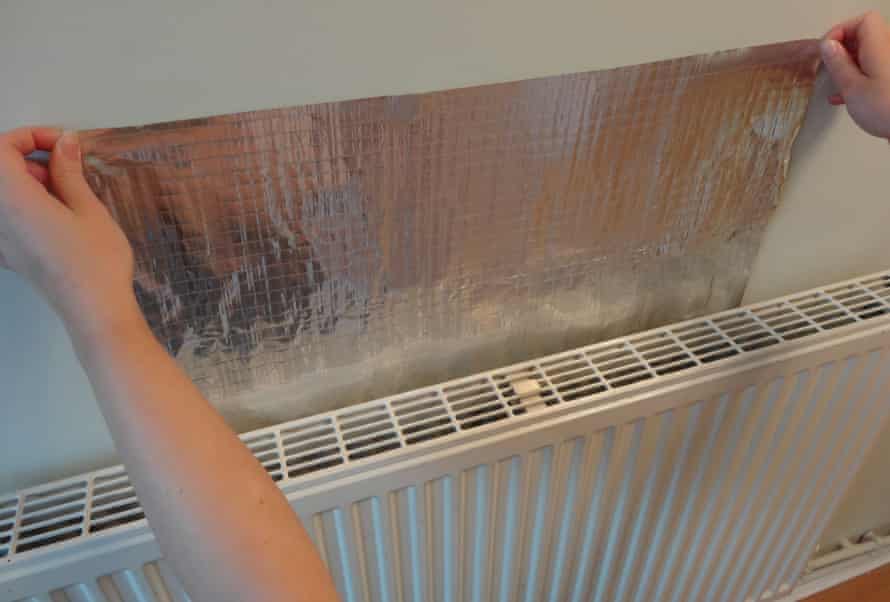
Another consideration is the type of paint used on the radiator. Daniel Nezhad, a director of the retailer UK Radiators, says painting your radiator can affect its heat output. He says: “The main relationship between painting your radiator and its efficiency is to do with the type of radiator paint rather than the colour. It has been shown that a radiator coated with metallic paint will emit less heat, under otherwise identical conditions, than a similar radiator coated with non-metallic paint.”
Bleed radiators
Another way to increase the energy efficiency of radiators is to bleed them. This means releasing air trapped inside them, which results in the heat not being distributed as evenly as usual.
It’s a quick and simple job. Start by turning your heating on to locate the radiators in your home that need bleeding – these will be the ones that are not heating up properly (the top half will feel colder) or are making gurgling sounds.

Next, turn the heating off again and wait for all radiators to cool down completely. You will then need to lay down some old towels underneath the radiators that you’ll be bleeding and maybe a container to catch any water.
Find the bleed valve – it’s usually at the top at one end – and use a radiator valve key to loosen it slightly to allow the built-up air to escape. Valve keys are widely available at hardware stores for as little as 79p (Screwfix). Once the hissing has stopped, you can tighten the valve back up, clean up any mess and turn your heating back on.
Seal windows and doors
Windows and doors are responsible for about 25% of heat loss in the home but draught-proofing them could save you about £45 a year, according to the Energy Saving Trust.
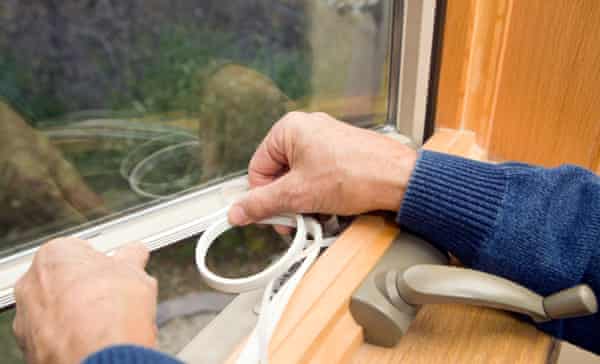
While the problem may be obvious – rattly windows and letterboxes or feeling a breeze on your skin – identifying slight draughts needs more careful investigation.
If it’s a still day, and you own a wireless hairdryer or a standard one and a long extension lead, one easy method is to go outside and blow on the window and door frames – you will need a helper inside to feel for any air movement.
Alternatively, buy a smoke pen – it should cost about £20. Pick a day when there is a good breeze but not a gale, and heat the house to its usual temperature. Then light the pen and wander around the house – if there is a draught, the smoke will blow away from it.
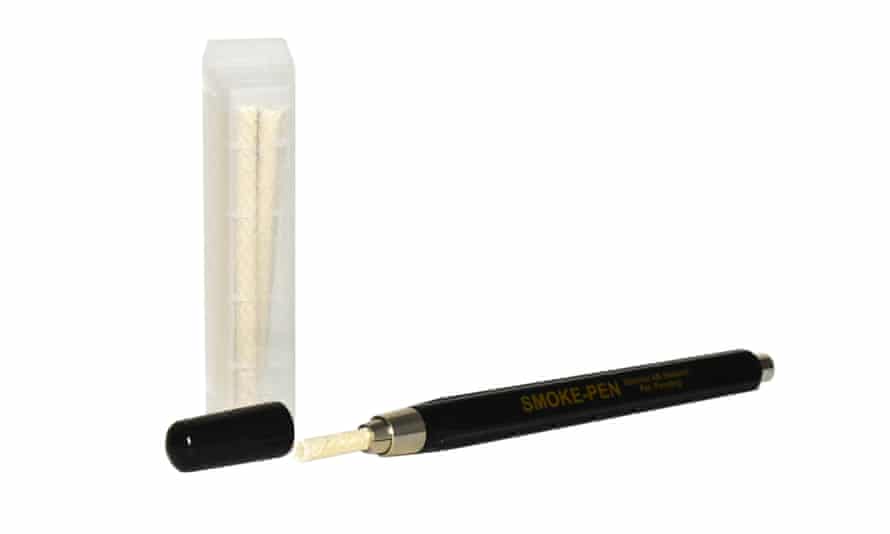
To fix the problem, buy foam, metal or plastic draught strips, or brush seals for sash windows, cut them to size and attach around opening casements. Use a thicker option for doors.
There are two main types – self-sticking and nail-on. The former is the quickest and least labour-intensive but may not last as long; but in either case, it’s an easy and effective way to plug a draught and retain household heat.
The cost depends on the length and brand but you can buy nine metres of weatherstripping for as little as £2.75 on Amazon or pay £6.99 for seven metres of extra thick strips from Screwfix, with more savings made if you buy in bulk.
Block the chimney
Chimneys can also be a source of draughts and heat loss. The Energy Saving Trust estimates that installing a chimney draught excluder can save you £65 a year.
Flues can be plugged easily with a chimney balloon that is inflated to fit the size of the hole. You can buy one from Amazon for £18.99.
A slightly cheaper option is a draught excluder, such as a wool one by Chimney Sheep for £17.50.
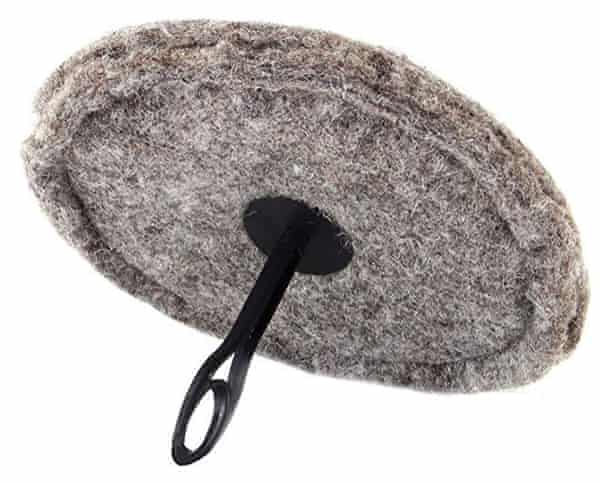
For both the balloon and the draught excluder, you’ll need to measure the flue first to find the correct-sized product to fit your chimney. They can easily be removed if you decide you want to use your fireplace.
Put up thermal curtains
Curtains are an easy win for reducing draughts and retaining heat in your home. Depending on size, heavy-duty thermal-lined curtains can be bought online for as little as £14.99 from Curtains Direct 2 U. While Argos sells thermal door curtains for only £15.
Alternatively, you can buy thermal lining for existing curtains – it is currently available for £3.49 a metre on Amazon. Attaching the lining is admittedly a bit fiddly. There are two main methods: either iron on fusible header tape to the top of the curtains, then attach hooks to the tape and hang the lining from that, or sew the lining directly on to the material. When stitching lining on, you’ll need to take into account the specific design features of the curtain. For instance, if it’s a curtain with eyelets, make sure the lining doesn’t cover them.
For heavier curtains, make sure your pole is strong and secure enough to handle the extra weight. Make sure it doesn’t hang over the radiator as this will stop the heat from circulating properly in the room.
Lagging pipes
Insulating (or lagging) pipes helps keep the heat in and prevents damage during cold winter months.
There are several different types of material used for lagging – from rubber to mineral fibre – but the most popular is polyethylene foam. That’s mainly because of how affordable and easy it is to install. It’s basically a tube with a slit running down one side and can be easily slipped over the outside of a pipe. This type of pipe lagging is incredibly cheap. It’s currently on sale at Wickes, where one metre costs only 86p.
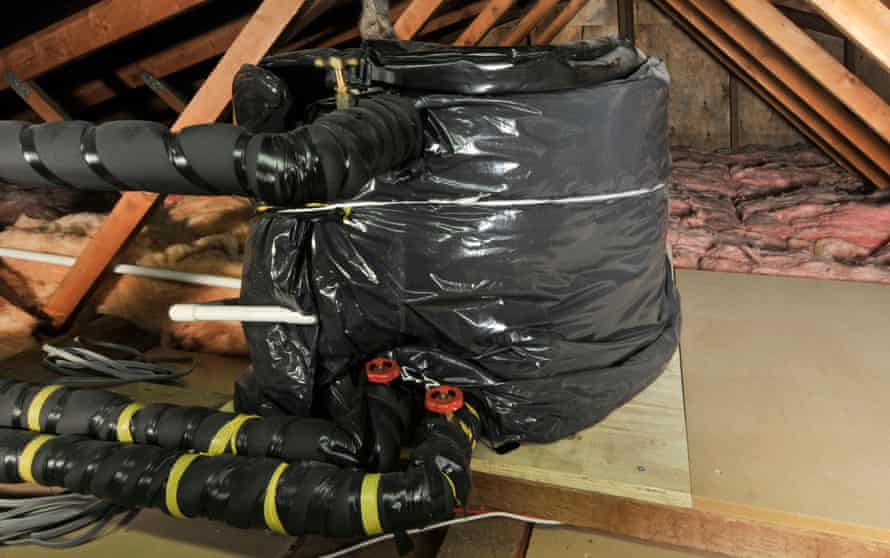
The downside is that if the pipes aren’t easily accessible it could require lifting floorboards or damaging walls to get to them. Fortunately, there are plenty of pipes that can be lagged without taking drastic measures.
If you have a hot water tank, pay attention to the pipes running to and from it, as well as any leading to the boiler. Central heating pipes running to radiators should also be lagged if possible, as well as hot water pipes under sinks and behind bath panels.
Fill gaps between floorboards
Cold air naturally circulates below ground floor floorboards, so ideally you should insulate underneath them to reduce loss of heat. Doing so doesn’t come cheap, though, setting you back between £1,300 and £2,700 depending on the type of insulation, the flooring and the size of the room. It also requires lifting up the floorboards.
An easier DIY option is to fill the small gaps between the boards using a silicone-based filler, decorators’ caulk or other specialist sealant.
Because floorboards expand, contract and even move slightly with age and use, make sure any filler you buy is flexible. It comes in a variety of colours to match your flooring and a tube of No Nonsense sealant, suitable for timber and laminate, costs £4.99 from Screwfix.
Spring and summer are the best times of year to undertake this work. During the cold winter months, central heating dries the air and causes the floorboards to shrink, leading to those unsightly gaps. However, filling it then means the material used is often squeezed out when the floorboards expand during warm, sultry weather. It’s best to fill floors when the humidity in the home is higher.
Insulate your loft
According to Which?, a properly insulated loft can help save up to £315 a year on energy bills. It is possible to install it yourself, so long as your loft is easy to access, does not have damp problems and is not a flat roof.
Rolls of mineral wool insulation can be bought easily from DIY stores. Wickes, for example, sells a roll for £22.50. There are also more eco-friendly options on the market – from sheep’s wool to recycled insulation. The latter comes in cheaper, too, at only £17 a roll from B&Q.
Start by laying the insulation between the joists – the horizontal beams that make up the floor of the loft. Simply roll it out, being careful not to compress it and cause it to lose efficiency. For detailed instructions and advice on how to install it safely, there are plenty of tutorials available on YouTube or hardware store websites such as those of Wickes or Homebase.
The government-endorsed Simple Energy Advice website advises adding a second layer at right angles to cover the joists, bringing the insulation up to the recommended depth of 270mm. Remember to always wear a mask, goggles and gloves when handling the material.
Some energy suppliers offer free loft insulation to eligible households under the official energy company obligation scheme designed to help reduce carbon emissions and tackle fuel poverty.
Stay connected with us on social media platform for instant update click here to join our Twitter, & Facebook
We are now on Telegram. Click here to join our channel (@TechiUpdate) and stay updated with the latest Technology headlines.
For all the latest Business News Click Here
